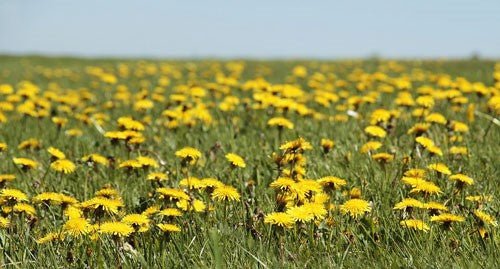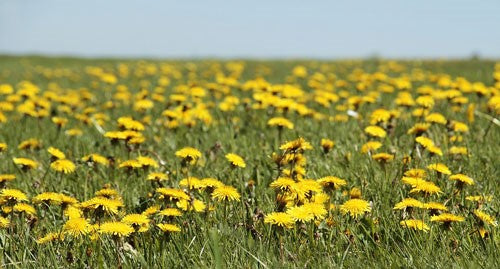
The Benefits of Weeds: How They Help Wildlife in Your Garden
Share
Tuesday, 26th October 2021
We all know that weeds have been a burden for gardeners for hundreds of years, but should we start to see them in a new light?
They are sprayed, dug up and despised, yet did you know that they have a very crucial part to play in our ecologically friendly landscape.
Plants suffer too from our logic and those species we call weeds are top of the list. All our garden centres sell plants, wildflower seeds and pollinating friendly plants to help encourage butterflies, bees, ladybirds etc in our gardens, and yet we still have pesticides stored in our sheds, and greenhouses.
Where there is a patch of weeds there will be a collection of beetles, spiders, flies hiding.
Here are a few common weeds that are good for wildlife.

Dandelions: These grow on verges, gardens and parks and will flower from March to May they can be seen throughout the year too. Dandelions are a source of nectar for pollinators, including beetle and bees. These make such a great source of pollen and nectar and are one of the top-rated nectar producers of any wildflower.
As we all know that this weed has a bad reputation for eating into bricks and weakening trees but kept under control and clipped back it is very adaptable too. Ivy is an excellent source of late-season nectar, the flowers will encourage bees, wasps, hoverflies and butterflies, it is also a popular food with many overwintering birds, such as woodpigeons, blackbirds, sparrows and blackcaps.
Nettles: Found in damp rich soil in the ground pastures and woodlands. The flowers of nettles appear from May to August. These encourage butterflies, moths, caterpillars, tiger moths and aphids. Nettles have a long history of many benefits from food to fibre. The seeds of nettles are a food source for many insectivorous birds in the late season and loved by ladybirds, hoverflies and peacock butterflies.
So, before we go cutting back and spraying, just spare a thought to what’s living in these weeds, after all it’s their home too.
Written by Chris Smith
